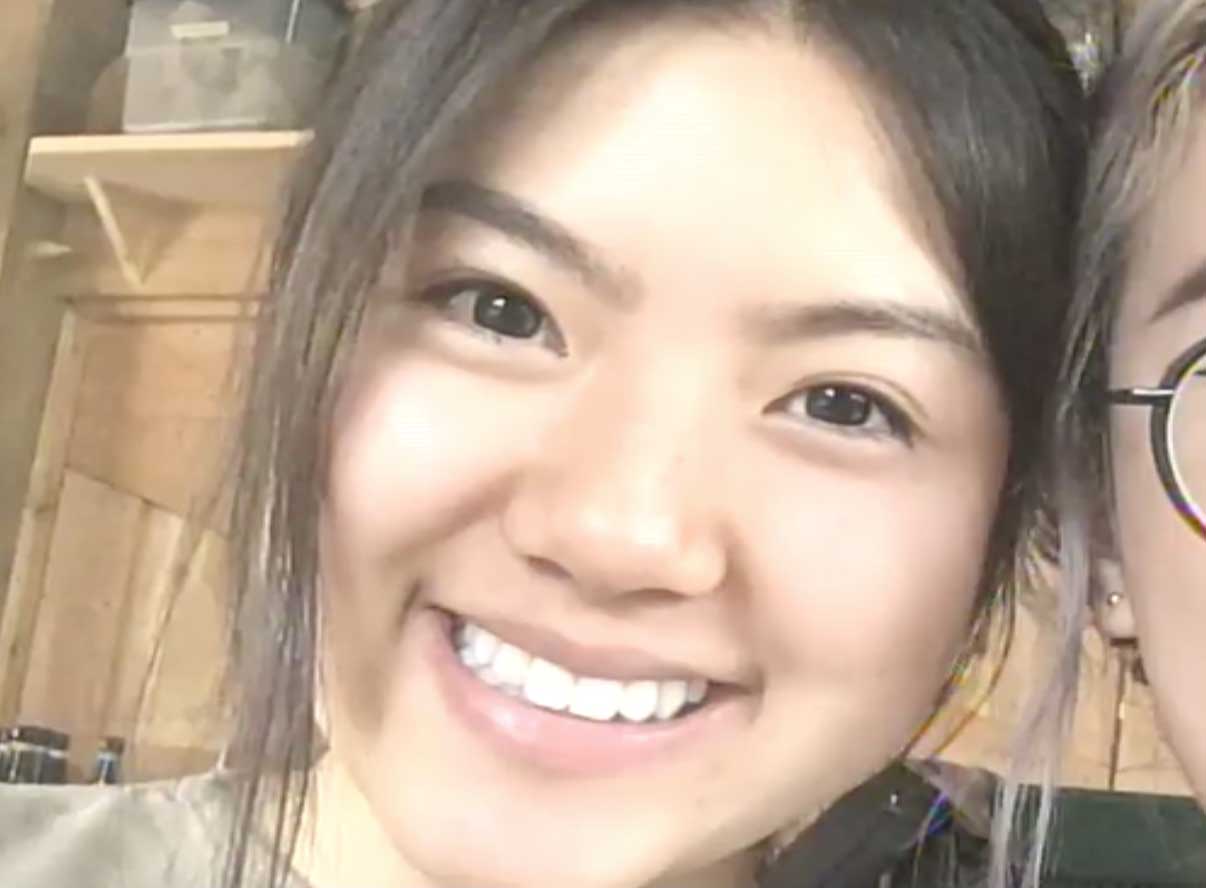To look at Mariana Yoshimura, you’d think she’d be without a care in the world.
She’s a student at Yale University and a budding entrepreneur.
Yet the 22-year-old was troubled. She was depressed to the point of considering death by suicide.
“It was frightening because there was no silver lining or at least it seemed,” she recently told News Channel 8. “There was a mix of trauma, fear, anger, resentment. I felt like I was constantly drowning. That there were people trying to pull me up, and I would just continue to drown.”
In just the first two months of 2019, high-profile deaths by suicide in Cheshire, Stratford and Danbury among teens and young adults have raised concern among parents, school officials and friends.
According to the CDC:
- In the age group of 10-14, suicide is among the top 10 causes of death.
- In the age bracket of 15-24 the number two cause of death is suicide, after unintentional injury.
- Suicide remains the number two cause of death for people ages 25-34, then begins to decline after that as people are impacted by other diseases.
Potential reasons for the increase in suicides among younger age groups are bullying, the rise of video games, hand-held technology, pro-suicide messages on the Intranet, stigma and discrimination, lack of treatment for depression and other factors, several recent studies have said.
Parents can help, though, by being aware of certain signs, according to child & adolescent psychologist Dr. Laura Saunders from the Hartford Hospital’s Institute of Living, a part of the Hartford HealthCare Behavioral Health Network.
“What you’re looking for are changes in either speech, mood or behavior,” Dr. Saunders said. “In terms of talk, they might be saying things like, ‘This world may be better off without me.’ They may be saying things that are point to hopelessness. In terms of behavior, they may be withdrawing more. They lose interest in activities that were previously enjoyable, and become isolation. They may actually be looking up online ways to kill themselves. Be aware of significant increases in anxiety, or significant worsening of depression.”
She adds that being in contact with other parents, too, has the potential to help your own child.
“Connecting with other networks of parents gives you a sense of connectedness, and also it gives you some information about other things that may be going on,” she said.
As for Marina, a caring friend made the suggestion that help might be needed – even offering to accompany her to get mental health services locally. Today, Marina is coping with her mental health, and well on her way to recovery.
“Summon the courage to ask for help because, in the end, that can be the silver lining,” she said.
If you or someone you know is experiencing an immediate mental health crisis, including suicidal ideation, the first step to get help is by calling 9-1-1, or visiting your local hospital emergency department.
Other resources include the National Suicide Prevention Lifeline at 1.800.273.8255, and the Crisis Text Line (text the word “HELP” to 741741), as well as an anonymous depression screening available here, and the numerous short-term and long-term recovery options available across Connecticut from the Hartford HealthCare Behavioral Health Network.

